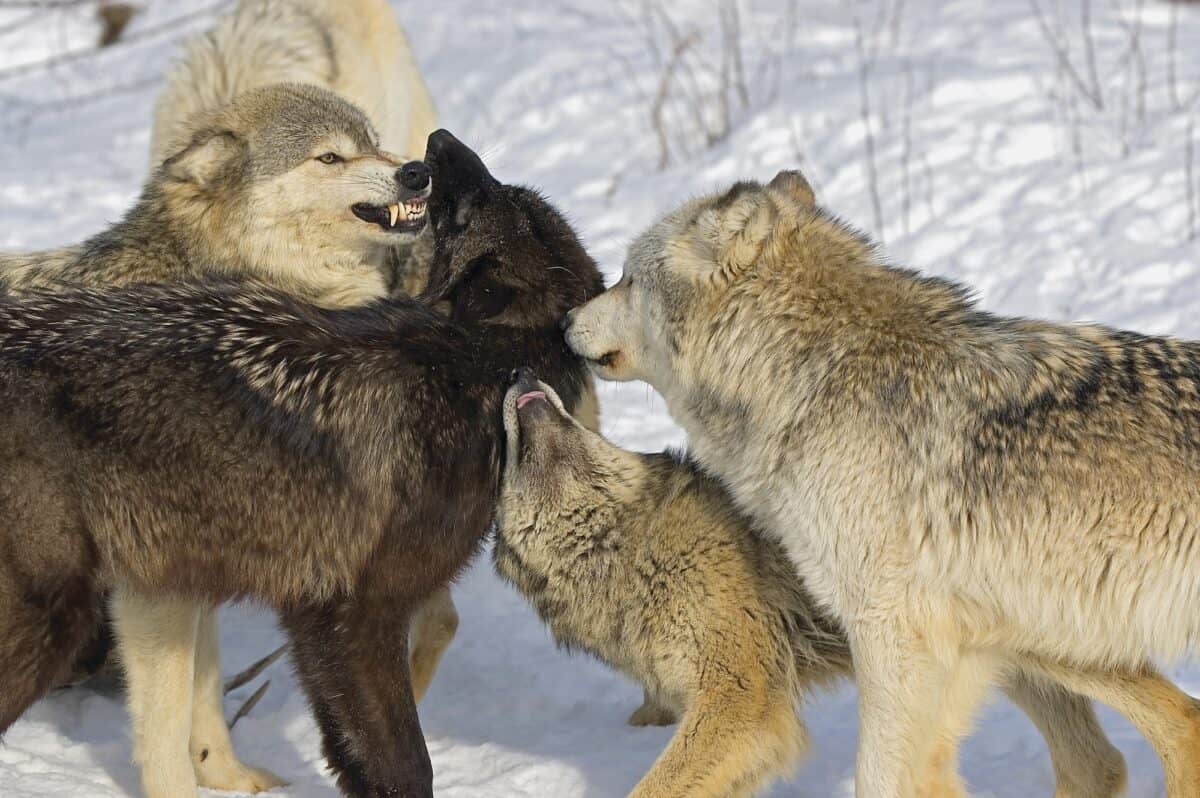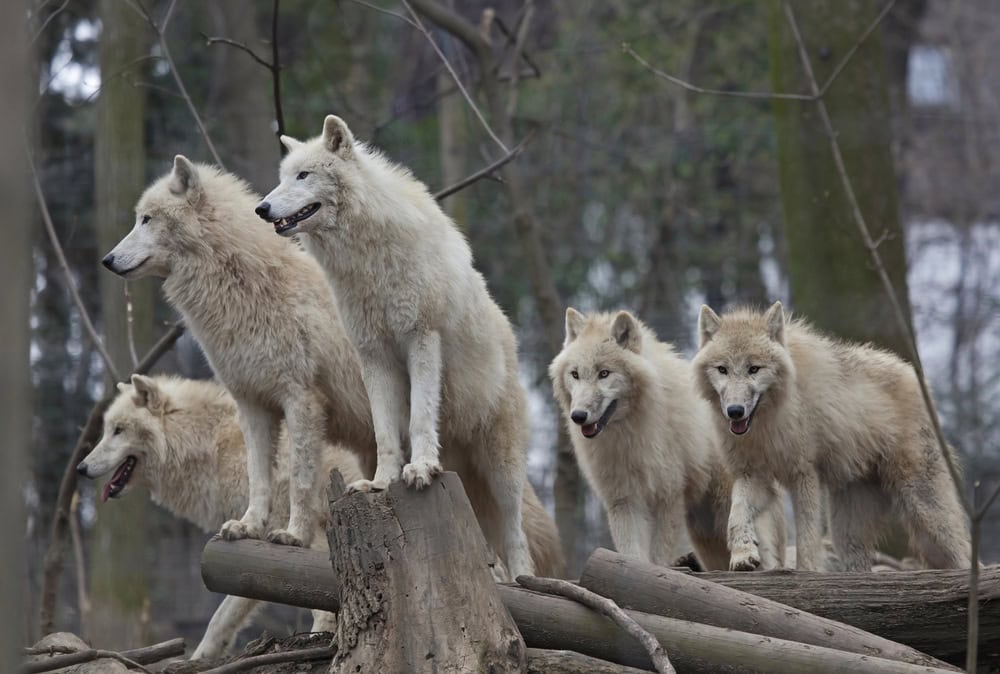The majestic wolf has long held a special place in the hearts of Americans, symbolizing wilderness and freedom. However, over the last century, wolves have faced significant challenges, including habitat loss and hunting, leading to their near extinction in several parts of the United States. In recent years, efforts to reintroduce wolves have sparked debates focusing on ecological balance, livestock safety, and the welfare of local communities. This article explores the potential reintroduction of wolves to more U.S. states, examining the implications for ecosystems and human societies.
Historical Range of Wolves in the U.S.

The gray wolf once roamed across the entirety of North America, from the forests of the Northeast to the plains of the Midwest and the deserts of the Southwest. By the 1930s, decades of hunting and trapping, driven by fears over livestock predation, had drastically reduced their numbers. The Endangered Species Act of 1973 marked a turning point, with federal protections allowing for some populations to rebound. However, challenges remain in restoring their historical range.
The Role of Wolves in Ecosystems

Wolves play a crucial role as apex predators, helping maintain the health and balance of ecosystems. By controlling populations of herbivores such as deer and elk, wolves prevent overgrazing of vegetation, supporting greater biodiversity. This trophic cascade influences everything from forest canopy health to the presence of species like beavers and songbirds, showcasing the interconnectedness of nature.
Recent Reintroduction Efforts

Successful reintroduction programs in places like Yellowstone National Park have become case studies illustrating the positive impact of wolf reintroduction. Since their reintroduction in the mid-1990s, Yellowstone has seen profound ecological changes: rivers have altered course due to vegetation recovery, and carcasses left by wolves have supported scavenger species. These successes have encouraged broader discussions around wolf recovery in other regions.
States Considering Wolf Reintroduction

Several states are actively considering reintroducing wolves to their natural habitats, including Colorado, which plans to release wolves as early as 2024 under a voter-approved measure. These states are evaluating the ecological benefits alongside potential conflicts with farming and ranching communities.
Challenges Faced in Reintroduction Efforts

One of the biggest challenges is managing human-wolf conflicts, particularly concerning livestock predation. Farmers and ranchers fear economic losses, despite mitigation techniques such as guard dogs, fencing, and compensation programs. Balancing these concerns with ecological benefits requires ongoing dialogue and innovative solutions.
Public Opinion on Wolves

Public sentiment about wolves varies widely, often influenced by cultural, economic, and environmental perspectives. In some regions, there’s a strong nostalgia for the natural wildness that wolves represent. In others, the concern centers around economic impacts. Engaging communities in meaningful conversations and education can help bridge these divides.
Legislative and Regulatory Hurdles

Reintroducing wolves is not just an ecological decision; it involves complex legislative and regulatory processes. Federal and state agencies must collaborate, balancing the Endangered Species Act’s provisions with state wildlife management laws. These dynamics can create lengthy processes, often marked by legal challenges.
Potential Ecological Benefits

The ecological benefits of wolf reintroduction extend beyond predator-prey dynamics. Wolves can help restore balance in habitats pushed out of equilibrium by human activity, promoting healthier forests and waterways. This, in turn, supports a more diverse array of wildlife and plants, showcasing the ripple effect that can reach far beyond immediate expectations.
Understanding Wolf Behavior

Understanding wolf behavior is key to successful reintroduction. Wolves are highly social animals known for their complex pack structures and territorial behavior. Their survival strategies involve communication through vocal, visual, and olfactory signals. Education about wolf behavior can aid in reducing human-animal conflicts and fostering coexistence.
Impact on Biodiversity

Reintroducing wolves can enhance biodiversity. Wolves indirectly support plant and animal populations by controlling overabundant species like deer and elk, allowing native flora and the animals dependent on them to thrive. This biodiverse environment can foster resilience against climate change and other ecological challenges.
Community Involvement in Reintroduction

Community involvement is essential for successful reintroduction. Engaging local communities through workshops, discussions, and collaborative projects can build understanding and support for wolves. Educational programs can also help dispel myths and provide accurate information about the environmental benefits wolves offer.
Future Prospects for Wolves in the U.S.

The future of wolves in the U.S. hinges on collaborative efforts between scientists, policymakers, and communities. Innovative solutions and adaptive management strategies will be essential in addressing challenges and capitalizing on the ecological potential of wolves. As more states consider reintroduction, they contribute to a broader vision of restoring native wildlife and landscapes.
In conclusion, while the path to wolf reintroduction involves complex ecological, social, and regulatory challenges, the potential benefits for biodiversity and ecosystem health are profound. By learning from past successes and engaging with diverse stakeholders, the U.S. can take meaningful steps toward restoring one of its most iconic species, ensuring that wolves can once again roam freely and contribute to the balance of nature.
- The Sad Reason Polar Bears Are Struggling to Find Food - July 2, 2025
- How Adorable Is It That Monkeys Use Leaves as Toys? - July 2, 2025
- Coral Reefs of the Florida Keys: What’s Left and What’s Next - July 2, 2025

